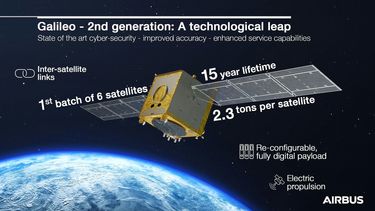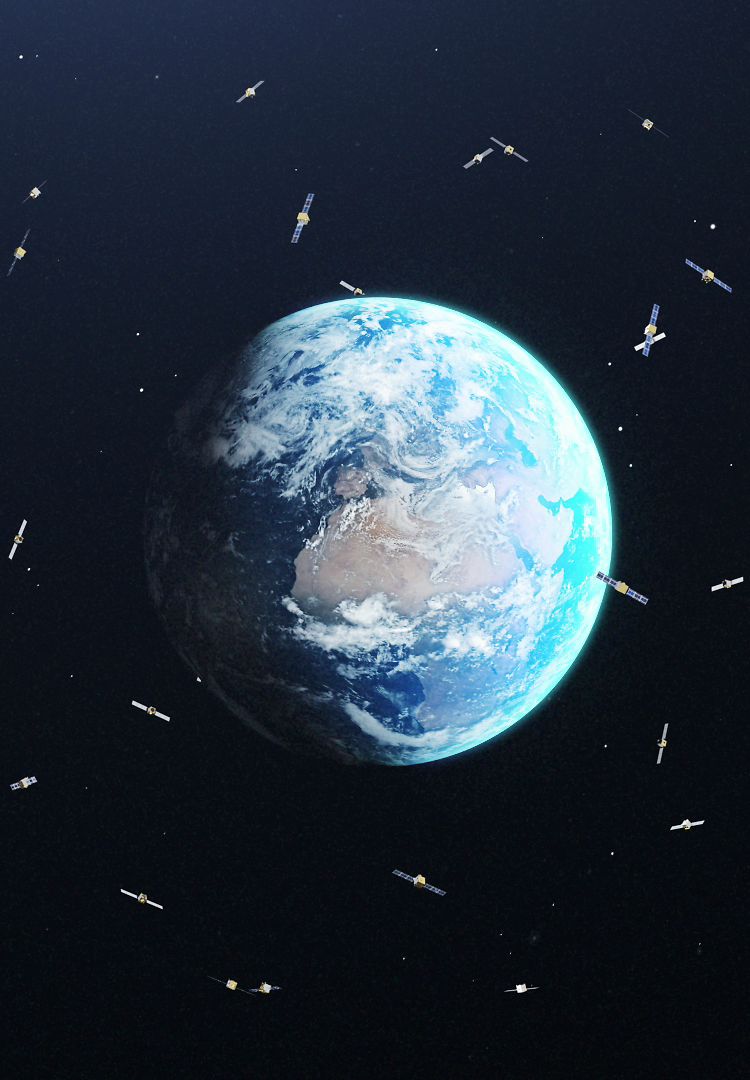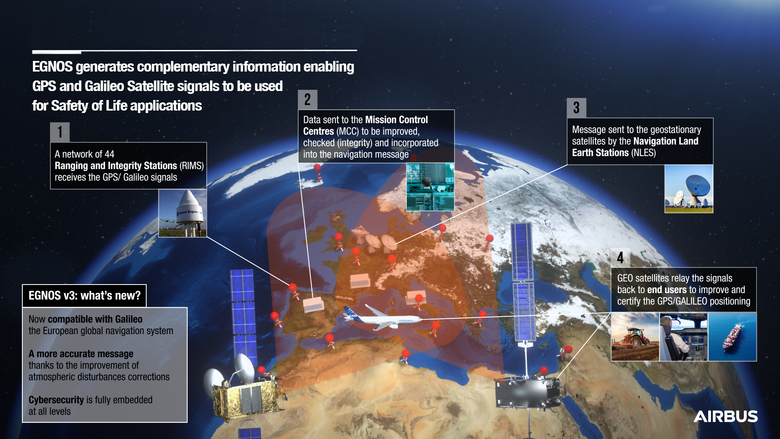Our world is changing, and we are responsible for it. Ever since the first tool made in the Palaeolithic era, we have been creating and innovating to simplify our lives and make it easier to carry out a wide range of tasks, from the most thankless to the most complex.
From ancient times, astronomy taught us that we were in a space that went far beyond our Earth, and even beyond our sky. This made it possible to understand where we were, and therefore to move without fear, knowing where to go, guided by the stars in the sky. Traces of this can be found in the stories of Homer. However, it was not until the 14th century that the first calculation of latitude based on the height of the North Star above the horizon was made, and it was not until the end of the 19th century that a consensus was reached on the reference longitude, the Greenwich meridian.
Since then, we have built our own stars, so that as many people as possible can find their way, without any notion of trigonometry or celestial mechanics.
Galileo, for a sovereign Europe
The first satellite positioning systems - known by the acronym GNSS, for Global Navigation Satellite System - were created in the United States in the mid-1960s for military purposes. Thirty years later, GPS (the Global Positioning System) was born and became the reference in this field. The arrival of the European Galileo positioning system in 2016 has redressed the balance by providing Europeans and the rest of the world with an independent, reliable and even more accurate source of information.
Galileo consists of 30 satellites, orbiting more than 23,000 km from the Earth, enabling us to know where we are, down to the last metre. To determine our position, the terminals installed in our cars and smartphones need to receive the signal emitted by at least four satellites. They help us plan where we are going when meeting friends or visiting a new city, but beyond that, they provide valuable information, particularly for emergency management.
This European sovereignty was necessary because the information provided by Galileo is essential for many users, not only to find the best restaurant in town! This positioning data is used by emergency and security services, the armed forces, shipping and air transport, essentially all vital infrastructure that would be paralysed if they no longer had access to the data, or even at risk if the data were wrong.
Last but not least, the threat of cyber-attacks on satellites is no longer just a movie scenario, but a sad reality, as we saw again recently with the invasion of Ukraine. We must therefore ensure that information is controlled from end to end if we want to guarantee its authenticity.
The next generation is already on its way
The world of navigation continues to change, driven by rapidly changing user needs of ever greater availability and reliability, a growing number of security threats such as jamming and spoofing and the evolution of other navigation systems. So it’s a perfect time for an innovative new set of Galileo spacecraft, which we at Airbus have already started building, to improve the accuracy of the Galileo constellation as well as the robustness and resilience of its signal even further, which will be key for our digital future, improving service availability and cyber security.

With launches on board an Ariane 6, six new satellites, already in preparation in Friedrichshafen in southern Germany, will enhance all services currently provided by the Galileo constellation: more accurate smartphone and in-car navigation, for instance, or more precise timing information for energy suppliers, data networks and high-frequency trading by banks. Enhanced Search and Rescue services will even notify hikers or seafarers in distress that help is on its way after they have set off a distress signal.
The second-generation Galileo satellites will also open up new possibilities in the field of Emergency Warning Services (EWS), enabling civil protection authorities to warn the public at an early stage when volcanoes or earthquakes erupt, forest fires rage and tsunamis or terrorist attacks strike.
The satellites will feature new atomic clocks and digitally configurable antennas that will improve Galileo accuracy. Their fully electric propulsion system will allow sustainable orbit raising and new inter-satellite links will enable users to contact all satellites in the Galileo constellation via only a few gateway satellites. This will simplify the ground network as less ground stations will be needed to manage the constellation, making it more efficient.
Alone we go faster, together we go further
Even the best satellites still need to be given the extra edge on certain occasions. To improve the performance of Global Navigation Satellite Systems (GNSS), such as GPS and Galileo, we are already developing the third generation of the EGNOS system (European Geostationary Navigation Overlay Service), which further enhances their performance for the most safety-critical applications such as aircraft navigation and landing.
This V3 of EGNOS will introduce new services based on multiple frequencies of multiple constellations (GPS, Galileo) and, for the first time, will embed sophisticated security protection against cyber-attacks. The system is designed to flawlessly continue the provision of critical navigation services, such as precision approach and landing everywhere in Europe, irrespective of whether the airports are equipped with expensive instrument landing systems, which is often not the case for smaller ones, thus giving greater flexibility to Airbus’ airline customers.
What’s more, using both Galileo and GPS signals to correct position errors caused by our atmosphere increases the availability of the service in the western and southwestern periphery of Europe. This expands the area in which satellite navigation landing becomes possible without requiring dedicated ground systems.
Setting the course for what’s next
Airbus’ journey has always been about pioneering new technologies and solutions. By combining navigation and space systems expertise, using engineering skills all over Airbus, we are unfolding navigation 2.0 for the world of tomorrow.
More on Navigation here


